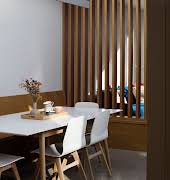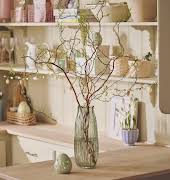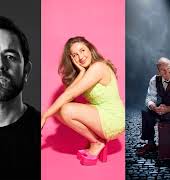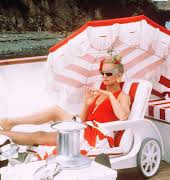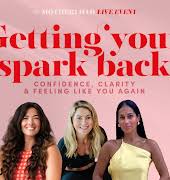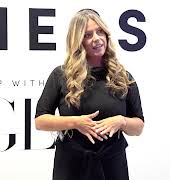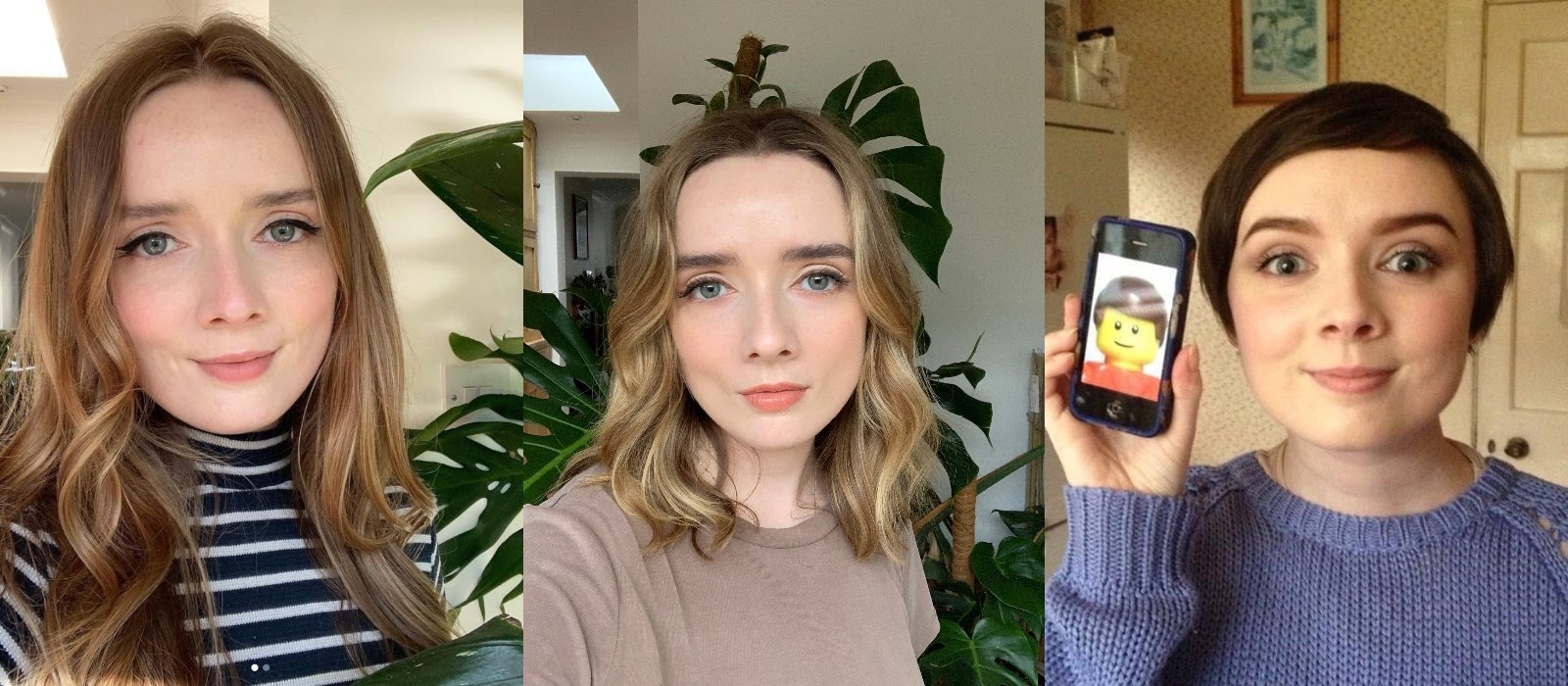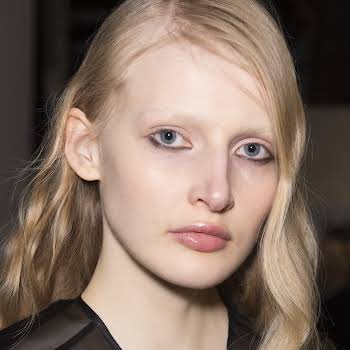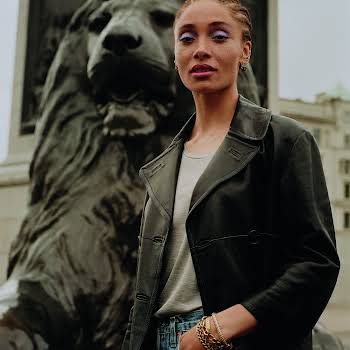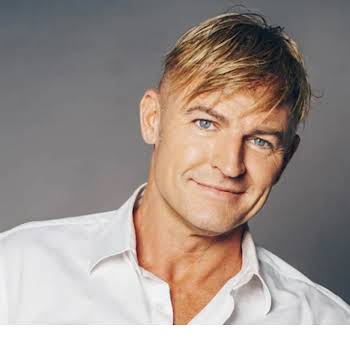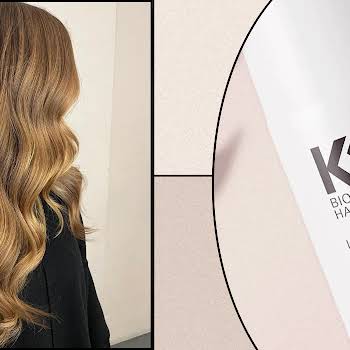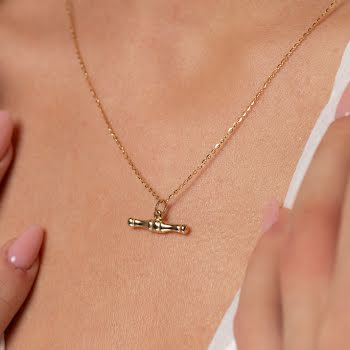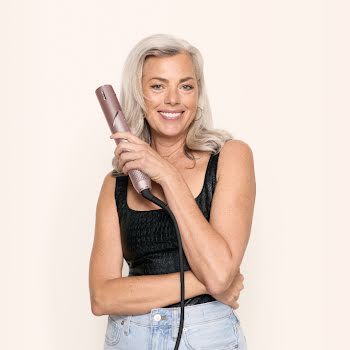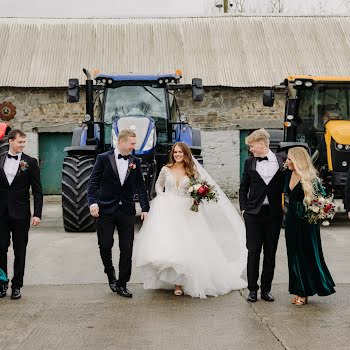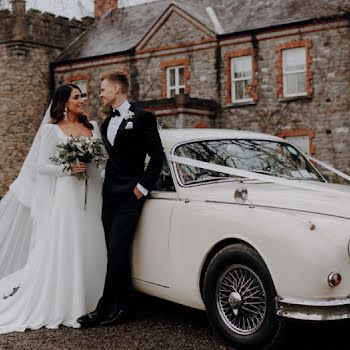
Laura Kennedy considers her life in hairstyles and the transformative power of changing your style.
Having worked as a beauty editor for a number of years now, I’m accustomed to people diminishing the power and influence of beauty. It’s quite strange, when you think about it, that something which has so many practical benefits is often considered shallow and thoughtless, especially given that we all deeply appreciate beauty when we encounter it, whether it’s a work by Monet or someone’s especially lovely hair. Hair is particularly powerful. Changing it is a low-stakes way to court change. A person’s – but particularly a woman’s – hair is an incredibly articulate statement about who they are. Hair can convey your emotional state, your personality, and even your values or politics.
Making a big hair change around or after a major life event is quite common, and it’s something I’ve done since I walked into a salon in my native Limerick at the age of 16 and asked a (very concerned) hairstylist to cut off my waist-length tresses. Understandably, she was convinced I would regret the decision – hair can be a shield as much as it is a symbol of femininity. Like most teenagers trying to figure out who they want to be by shrugging on different potential selves to see how they fit, I was trying to force a radical change in the way others saw me and, therefore, how I saw myself. I was unconfident, and looking for a way to push myself out into the world. I walked out of the salon about an hour later with a pixie cut, and I felt elevated. It wasn’t just a haircut – nothing as insignificant as that – it was a step toward an independent young adulthood, and it gave me a sense of knowing who I was. Little else can achieve that for a person in under an hour. It was a kind of power.
I kept the pixie on and off for about six years, bleaching it white and playing with colour, but those with short hair know that super-short styles need more maintenance than longer ones. The in-between stages between trims had a flavour of hilarious and deeply undesirable “Lego hair”. I woke up one morning as a student, struggling to find the money to get my hair cut regularly, and lacking self-confidence, then felt the need for that powerful reset once again. I shaved my head in my mother’s kitchen and went back to my shared university house in Dublin the next day, only to discover that Britney Spears had just very publicly shaved her head. It has become a notorious incident related to the conservatorship now so prominently back in the public consciousness. At the time, photos of Spears shaving her head were everywhere, and media coverage was taunting and vicious rather than sympathetic as it largely is now. It wasn’t a great time to be a young woman who had just shaved her head, but I still appreciated the humour and irony in the timing.
A blunt platinum blonde bob was my style of choice after a relationship ended poorly in my mid-twenties, and I needed the mirror to reflect the change I felt internally. It was only hair, but it allowed me to regain some control where I felt I’d lost it, and physically showed that I could be different if I chose to. Waist-length blonde hair extensions were fun, but didn’t feel right. As Love Island annually attests, blonde extensions are probably one of the most powerful testaments to the way that the world responds to hair and beauty standards. I got more male attention than I’d ever had before, but the gloomy student with the shaved head in me sort of resented it. The hair didn’t feel like mine. When Amy Winehouse was once asked whether her famous beehive was her own hair, she responded, “Yeah it’s mine, like, I paid for it.” I would wake up tangled in the extensions and they felt like an illusion I was under pressure to maintain, taking time to ensure they blended invisibly with my own hair so that no one would see the lengths (literally) that women go to in the name of beauty. After that, I slowly went back to my natural mousy brown and allowed my own hair to grow.
After a move to London three years ago, I parted ways with salons and colour, and allowed my hair to grow to my waist – a style I hadn’t worn since I first walked into that salon in Limerick (apart from the brief dalliance with extensions). Just before lockdown, I met Leanne at the Josh Wood Colour Atelier in London after another colourist had turned my hair an alarming shade and sweet-and-sour sauce orange. Leanne is the colourist people dream of, and after fixing the botched job, she gave me the exquisite natural red shade I’ve always wished I was born with and sent me home with the right products to keep it looking perfect every time I went to see her. During 18 months of lockdown, though, everyone’s hair grew and changed undisturbed, like a neglected garden. Anyone whose relationship with their natural hair was characterised by control – changing its colour or texture, or keeping it compliant with constant salon trips – lost that control, and struggled with an appearance which became unrecognisable to them.
I adored the red more than any colour I’ve ever tried, but like many of us, wanted to rely less on salon trips and go for something that would look nice without much upkeep. Leanne, as my (hair) soulmate, understood. My own long hair had become a symbol of that time trapped at home and started to feel like something that happened to my head rather than an aesthetic choice. I decided to cut more than half of it off and change the colour to something lower maintenance. I wanted to be able to do touch-ups myself (with Leanne’s help and advice – if your colourist won’t talk you through touching up your grey roots while you lean over a bath fear-crying, lose their number).
I took my long hair to Leanne and Noemie at Josh Wood, and put it in their hands. Now, I have a collar-bone-length layered “bronde” balayage affair that just feels right for post-lockdown life. It dries in half the time, and the change has jarred me out of complacency. Sometimes in readiness for change to come, starting with your head can feel genuinely transformative. Even all these years later, it’s still a kind of power.
This article originally appeared in the autumn issue of IMAGE Magazine.

